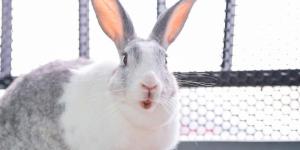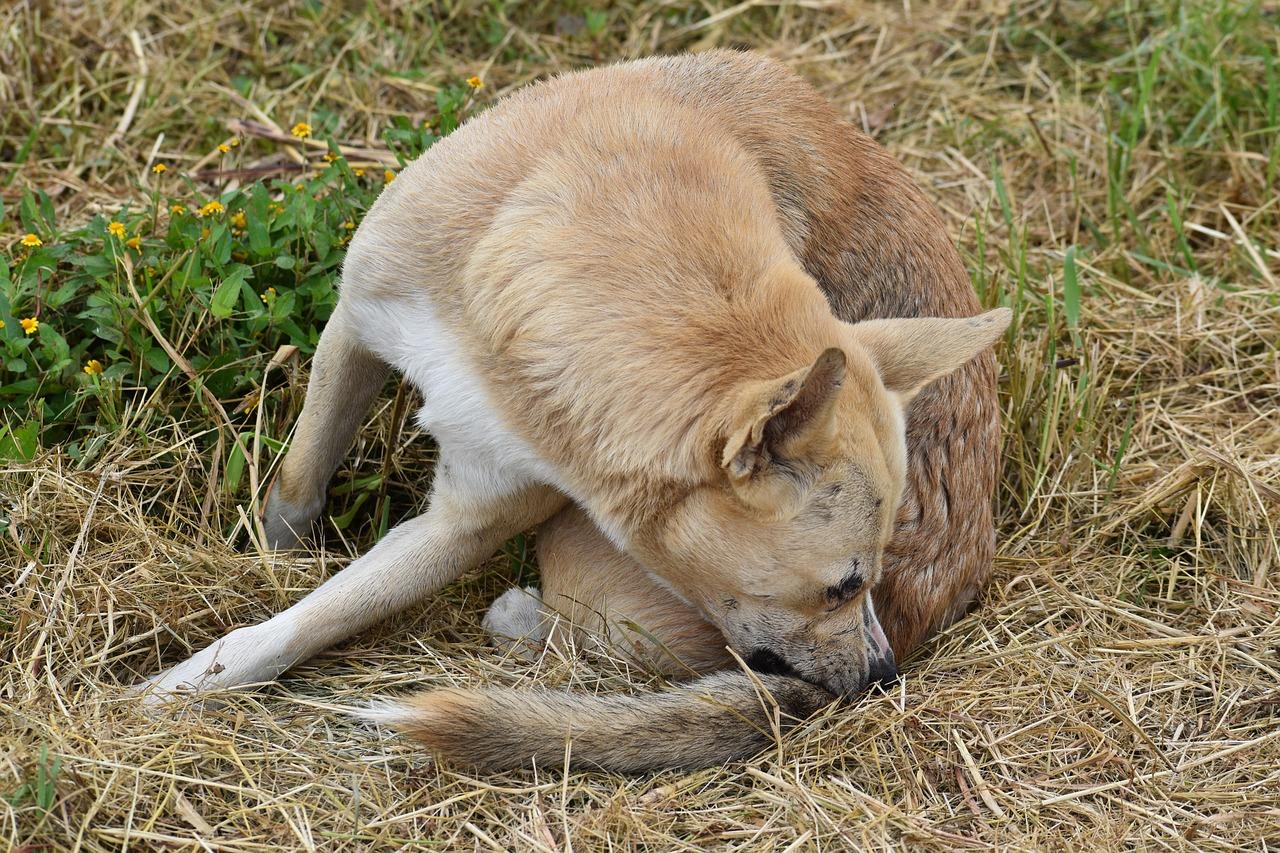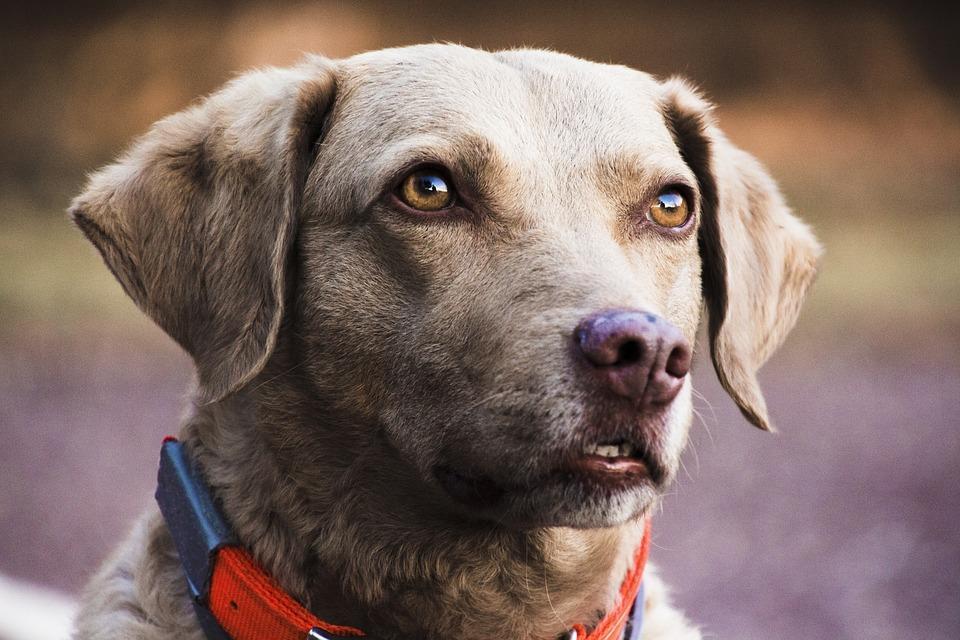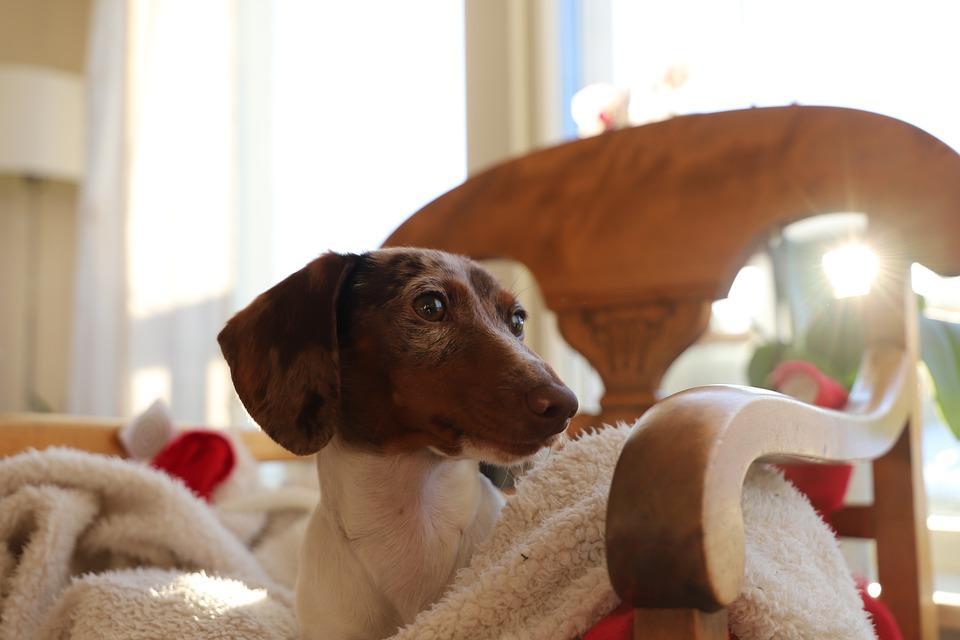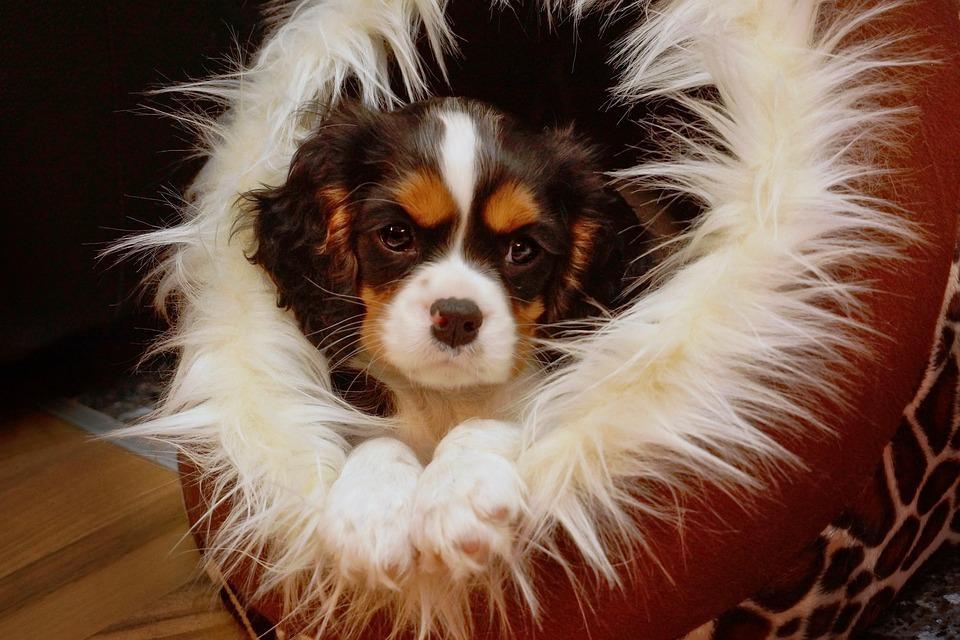OCD in Dogs - Causes, Symptoms and Treatment



See files for Dogs
Obsessive-compulsive disorder (OCD) is a behavioral disorder which results in a dog carrying out repetitive behaviors which serve no meaningful purpose. These behaviors are known as stereotypies and they can manifest in almost infinite ways. It is not known the extent to which a dog is able to obsess. For this reason, it is not likely that OCD in dogs is the same as in humans. Veterinarians might refer to a dog with OCD as having canine-compulsive syndrome (CCD). Regardless, these compulsive behaviors can pose a significant risk to the health and well-being of the animal.
At AnimalWised, we look at the causes, symptoms and treatment of OCD in dogs. We look at how to monitor the dog for early signs of such behavioral problems and find out the best ways to prevent compulsive stereotypies in dogs.
What are stereotypies in dogs?
Stereotypies can be defined as movements, postures or actions that are performed repetitively without any meaningful purpose. They generally show a high degree of ritualization, meaning they are normal actions which become a ritual in part of their regular routine. These are behaviors which are common to humans, but can be seen in animals. While they can occur in either, they are generally more common in captive than wild animals[1].
The manifestation of stereotypies can be incredibly varied. Almost any behavior carried out in such a ritualistic and compulsive manner can be considered a stereotypy. However, there are certain behaviors which more commonly manifest as stereotypies. This is the same with human beings. Humans often manifest stereotypies in face touching, nail biting, leg shaking and others.
When a dog manifests stereotypies, there are also some common actions. These include flank sucking, biting at flies, walking in circles and others. It is important to distinguish between stereotypies and pica in dogs. Pica is a type of behavior where the dog ingests things they shouldn't as a result of a psychological disorder. They may share certain similarities in terms of origin, but pica and stereotypies are not the same thing.
In animals, stereotypies can have certain pathological causes, occasionally being related to diseases that cause acute pain or affect the sensory functions of dogs. For example, a dog may obsessively mount their toys, other dogs or their guardian's leg to relieve discomfort caused by diseases that affect the urinary tract. Despite this, the origin of obsessive behaviors is usually related to various behavioral problems.

Can dogs develop OCD?
It is important to note that stereotypies and obsessive-compulsive disorder are not the exact same thing. In humans, OCD is a very complex disorder which can seriously harm the person's ability to carry out daily activities. It can be very difficult to determine the underlying cause of OCD in humans and the clinical picture can be very complicated.
Stereotypies in dogs can be carried out with relatively minor repercussions. For example, if a dog chases their tail for short periods, they may not cause serious harm. It might be quite easy to interrupt this behavior or distract the animal from doing it. They are often triggered by temporary periods of stress or anxiety. They are not as chronic as true compulsive behaviors and don't usually pose a major risk to their health.
For the equivalent of obsessive-compulsive disorder in dogs, these stereotypies usually develop at an early age. This is either when a puppy or in the first years of adulthood. They tend to appear for a long time and intensify progressively. Eventually, they will pose a serious threat to both physical and mental well-being. Essentially they become self-destructive.
Examples of compulsive behaviors causing harm are when the dog bangs their head against the wall for prolonged periods. While it is a simplification, we can say that OCD in dogs manifests extreme forms of stereotypies. To distinguish it from the human disorder, we often refer to OCD in dogs as canine-compulsive disorder.
Causes of OCD in dogs
Unfortunately, the development of canine-compulsive disorder in dogs is usually related to a history of physical and/or emotional violence. It is often associated with rescue dogs that arrived at animal shelters. They may exhibit stereotypies after suffering physical, cognitive or emotional abuse.
Violent abuse is not always the cause of compulsive behaviors. Neglect can be a passive form of abuse which results in compulsive behaviors. For example, not providing our dog with a proper socialization period can lead to various behavioral problems. A lack of physical, cognitive or emotional stimulation can manifest in canine-compulsive disorder.
All animals need to exercise their body and mind daily to remain physically and mentally healthy. We can see obsessive compulsive disorder in dogs develop more easily in some dogs than others. This is because some dogs need more stimulation than others. This can be seen in dogs that are prone to separation anxiety since they can manifest various problems if left alone for prolonged periods.
As we had mentioned previously, there are pathological causes that are associated with the development of obsessive behaviors. We should never ignore any potential symptoms that our dog transmits to us through their body language.

Symptoms of OCD in dogs
OCD in dogs needs to be diagnosed early to prevent repetitive behaviors from becoming self-destructive. It is essential that guardians always be attentive to any change in the behavior of their pets . Do not hesitate to immediately consult a trusted veterinarian when observing any abnormal behavior in the dog.
The first visible signs of stereotypies in dogs consist of an intensification of certain behaviors inherent to their canine nature. There are many canine behaviors which are characterized by some form of repetition. For example, when a dog scratches their bed before lying down. This is a normal behavior which helps provide comfort. It is not a stereotype or compulsion. It is only pathological if it puts their physical or mental health at risk.
With this in mind, the following are certain types of obsessive-compulsive behaviors in dogs:
- Licking of certain body parts (flanks, paws, etc.)
- Tail biting
- Chewing or destroying furniture
- Urinating or defecating inappropriately
- Digging
- Mounting objects or other individuals
- Scratching at themselves or objects
Generally speaking, dogs which have OCD tend to be more anxious than others. When stereotypies are not diagnosed and treated early, the behaviors intensify and we observe the emergence of the following symptoms:
- Acral licking dermatitis (ALD)
- Wounds and sores, mainly on the legs and tail
- Habit of intensely licking or biting sores and wounds
- Constant bleeding in the legs and tails
- Alterations in the skin and coat, generally accompanied by intense hair loss
- Dietary problems such as not eating or obsessing over certain types of food
- Aggression
- Avoidance of physical contact
- Easily startled by otherwise innocuous stimuli
- Isolating themselves for prolonged periods of time
Another reason it is so important to take our dog to the vet when we see any of these symptoms is the potential for a pathological cause. For example, dogs will often want to be alone all of a sudden when they develop a serious illness. This is a form of self-protection, but is also related to the confusion the illness can cause. This manifests in similar anxiety to OCD.
Treatment of OCD in dogs
We must understand that stereotypies generally appear when the animal has already developed some type of emotional disorder. This reveals a generalized emotional imbalance. They may be acute and only last for a short period of time, often coinciding with some change in their environment or routine. It is only after time that these behaviors can be diagnosed as being obsessive compulsive.
Since the arrival of OCD symptoms is a gradual process, so too is their treatment. A dog with OCD will need patience and dedication from their guardians. It will be our responsibility to make the commitment to offer a positive environment and a healthier lifestyle to our canine friends. This is not a commitment every dog guardian can make, leading to many dogs with OCD needing to be rehoused.
Generally speaking, dogs with OCD will need to undergo behavior modification sessions. These may require re-education and re-socialization to help them overcome insecurity and feel more stable in their environment. They may also need specific training to help them express themselves positively through healthy behaviors.
To achieve this, support by a canine ethologist or qualified dog trainer may be essential. This is because OCD is a serious disorder which will have progressed to a certain level. In addition, there are physical symptoms which may need to be treated and managed by a veterinarian. An example is when open wounds caused by flank sucking undergo a secondary bacterial infection. OCD is one reason why a dog's wound won't heal.

Can you prevent OCD in dogs?
We cannot predict whether a dog will develop canine-compulsive disorder. Two dogs may have very similar experiences, but one will develop OCD tendencies and the other will not. However, the development of stereotypies and eventual OCD are much more likely if they suffer neglect, abuse or insufficient levels of care. For this reason, there are general guidelines we can follow which will help prevent obsessive compulsive-behavior in dogs:
- Create a positive and healthy environment where a dog can develop with self-confidence.
- Use positive reinforcement in their education and never use physical or emotional violence.
- Provide veterinary checkups every 6-12 months
- Respect the vaccination and deworming schedules established by your vet
- Maintain a balanced diet, taking into account their age, weight, size and any specific health needs
- Perform physical exercises regularly to maintain good health and stress or boredom.
- Socialize the dog as a puppy, preferably from the first 3 months of life
- Know and respect the 5 freedoms of animal welfare
When these guidelines are respected, it will help to ensure the dog has a calm and balanced personality. It will help them to feel secure and know how to behavior in various circumstances.

If you want to read similar articles to OCD in Dogs - Causes, Symptoms and Treatment, we recommend you visit our Behavioral problems category.
1. Vanitha, V., Thiyagesan, K., & Baskaran, N. (2016). Prevalence of stereotypies and its possible causes among captive Asian elephants (Elephas maximus) in Tamil Nadu, India. Applied Animal Behaviour Science, 174, 137-146.
https://doi.org/10.1016/j.applanim.2015.10.006


